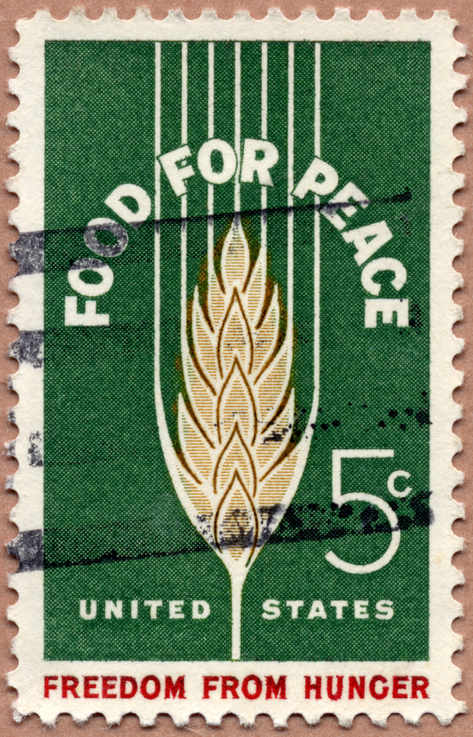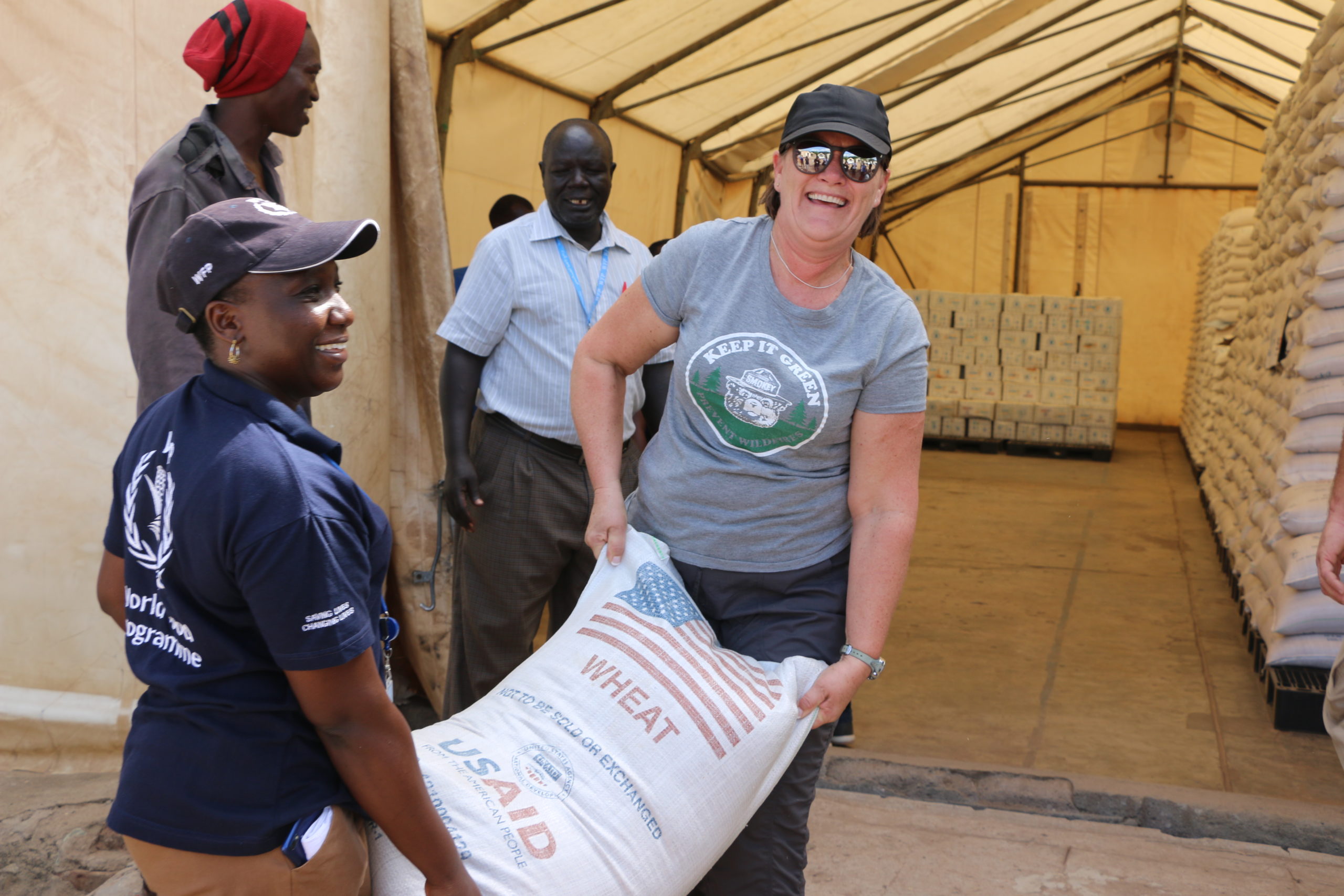The United States donates more wheat than any other agricultural commodity as direct food aid or to help fund assistance to the world’s neediest people. Yet a mix of government agencies, non-governmental organizations (NGOs) and regulations complicate the food aid donation process.
To help navigate these waters, U.S. Wheat Associates (USW) established a Food Aid Working Group (FAWG). FAWG includes farmer board members and state wheat commission staff who want to ensure food aid programs are used effectively and continue their important work overseas. Together with the National Association of Wheat Growers (NAWG), FAWG meets annually to advocate for food aid programs with officials from USDA and its Foreign Agricultural Service, the United States Agency for International Development (USAID), and congressional agricultural committees.
 Virtual meetings with officials this year focused on two major challenges: a rising trend toward using larger amounts of cash and vouchers in food aid programs; and cargo preference shipping rules that increase the cost of U.S.-sourced wheat and other commodity donations.
Virtual meetings with officials this year focused on two major challenges: a rising trend toward using larger amounts of cash and vouchers in food aid programs; and cargo preference shipping rules that increase the cost of U.S.-sourced wheat and other commodity donations.
These challenges did not exist when food aid programs began under the 1954 Agricultural Trade Development and Assistance Act as a way for the U.S. to share excess commodities to countries with food needs. Food aid programs now include development programs like USDA’s Food for Progress (FFPr) and monetary donations.
Cash Donations Exceed Food
In addition, cash transfers and food vouchers representing 35% of USAID’s Food for Peace (FFP) program donations surpassed in-kind donations of wheat and other commodities in FY 2020. The most-cited argument for this shift is that cash and vouchers are more cost-efficient and easier to handle compared to the high costs of shipping commodities.
This leads to the second challenge FAWG members addressed during these advocacy meetings.
Costly Shipping Rules
Current cargo preference rules require that U.S. flag vessels must ship at least 50% of in-kind U.S. food aid. This cargo preference does increase costs for non-government organizations (NGOs) and U.S. agencies implementing these programs. A 2015 study by the Government Accountability Office (GAO) found that cargo preference requirements for shipping food aid increased costs by about 23%, or $107 million, from 2011 to 2014 The high costs from cargo preference limit the amount of funds these programs can use to purchase commodities.
However, during the last farm bill debate, the Farm Bureau advocated for modernizing the Food for Peace program through cost savings. In its effort, Farm Bureau cited research showing a greater mix of U.S., local, and regionally sourced food would save $300 million per year that could be used to feed more people.
“Food is the moral right of all who are born into the world.” — Dr. Norman Borlaug
Strong Commitment
As the cost of food rises and pushes more individuals into food insecurity across the globe, USW and FAWG members believe we must keep commodities in food aid programs. U.S. growers take pride in the fact that their wheat is assisting some of the world’s most vulnerable individuals. Their commitment to global food assistance and programs that include the full range of options to help countries attain lasting and sustainable food security remains strong.
By Shelbi Knisley, USW Director of Trade Policy


